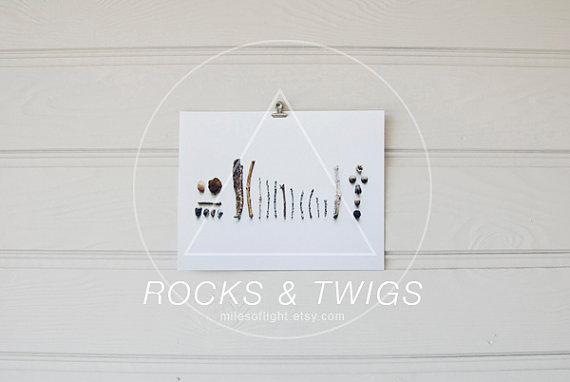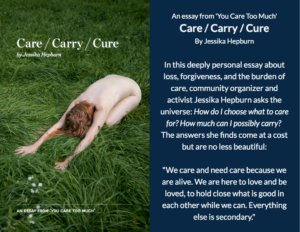Image credit: Rocks & Twigs N1 print by MilesofLight
As a creative person, you probably have a gazillion ideas swirling around your head of things that you want to create, design, implement, etc. Sometimes it can be tough to rein it in and create a collection of items that work towards the higher vision of your ultimate goals.
In the case of a jewelry designer, that often comes down to the type of designer you are. Maybe you have the desire to switch up your look and follow trend every season, or maybe you are more of a “collection” designer and people recognize your look and your pieces whenever they see them. You must choose one or the other to make it work well. More about that here.
When Robin & I work with designers on building their collections, we teach the importance of having all of the ingredients for a collection that sells. Skipping one of the ingredients can set you up for a flop. It’s true, you can make a bunch of random pieces of jewelry or items and they might sell. But if you really want to have an impact with your jewelry designs (or any designs for that matter) than you really need to understand the following recipe.
Ingredient #1: The Aspirational or the Statement Piece
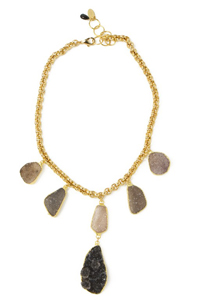
I list this item first because when I was just starting out as a jewelry designer in 1998, my collection was picked up by an amazing store in San Francisco called Metier. The buyer is seriously amazing and really has an eye for product. While I took metal-smithing classes, I was self-taught at designing collections.
The Aspirational or Statement Piece is key because it is the piece that attracts all of the attention. It might not be the piece you really sell many of, but it is the lead in to merchandising that will get people looking at your stuff.
Ingredient # 2: The Gateway Item
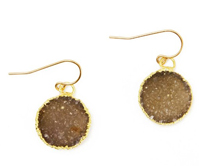
Also known as the piece that everyone knows you for. This is your best seller. You can’t keep these in stock and when it’s designed to merchandise well with your statement piece, you have built the foundation for a stellar jewelry collection.
There may be more than one gateway item in your collection. For instance, if you sell personalized necklaces, you might have a few styles in a similar price point to attract attention and amp up sales.
Ingredient #3: The Up-Sell or Add-ON item
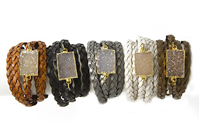
Think about when you are shopping and you are waiting in line to check out. Have you noticed there is usually something on the counter top enticing you? Yep, that’s the Up-Sell. How many times have you bought that? And why?
The Up-Sell item is usually fairly inexpensive for YOUR price-point. It can be added on to increase the sale and usually your clients don’t even think twice about it. A great example of this is a simple earring that anyone can pick up and wear.
Combine all of these ingredients and you’ll create a stellar jewelry collection (or any collection of things).
Action Step:
Take a look at your jewelry collection now and Identify the Aspirational/Statement Piece, the Gateway Item and the Up-Sell Item.
Then, fill in what’s missing!
We want to hear about your experience designing a jewelry collection! What do you struggle with when you are designing your collections? Too many ideas? Not enough? We want to hear from you so tell us in the comments below.
Tweetable:
The perfect recipe for a jewelry collection people will rave about! http://www.ohmyhandmade.com/?p=16315 via @Flourish_Thrive click to Tweet it!

